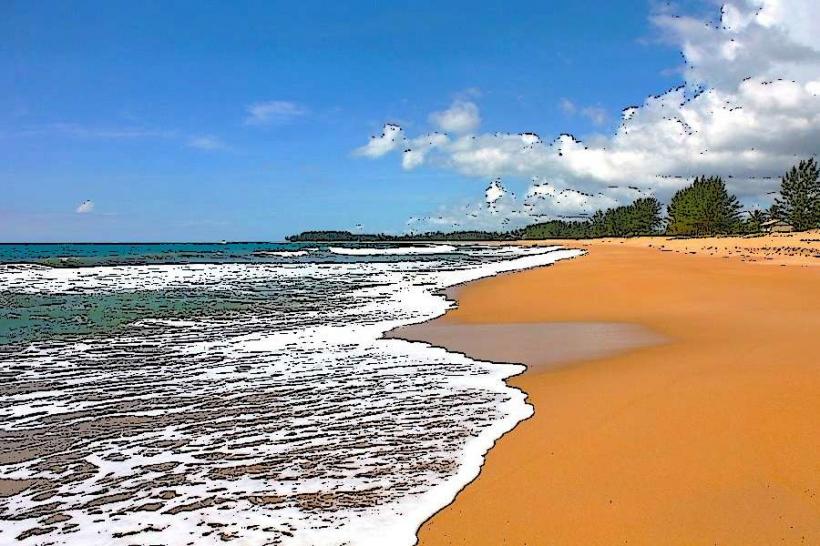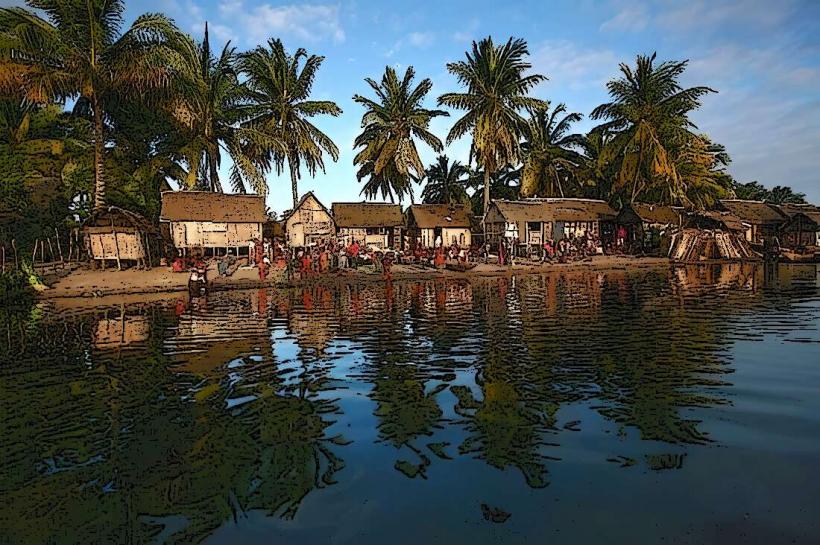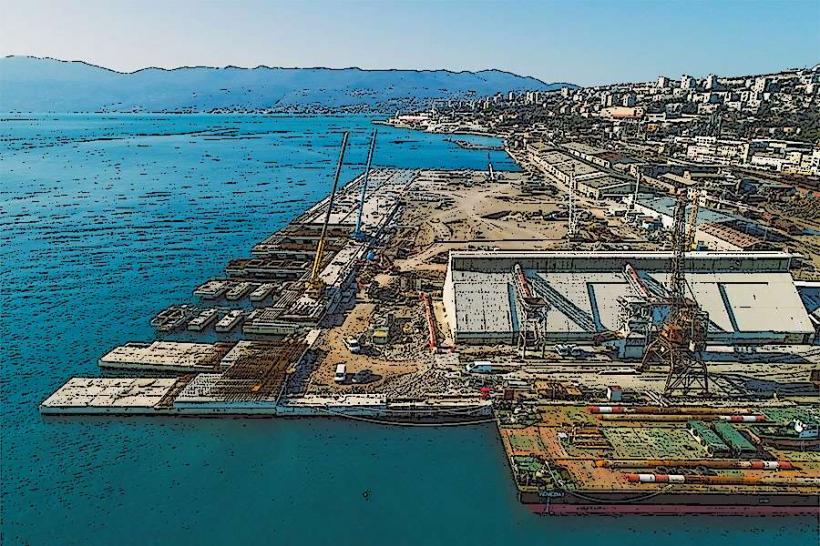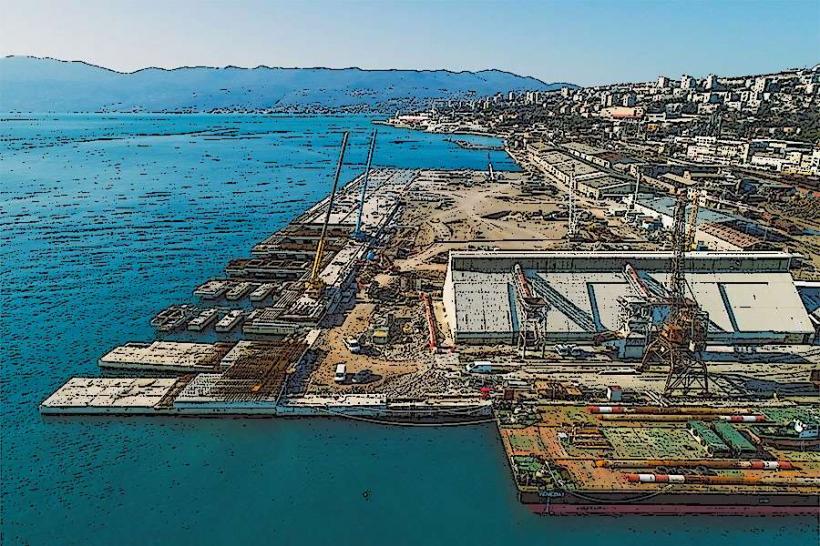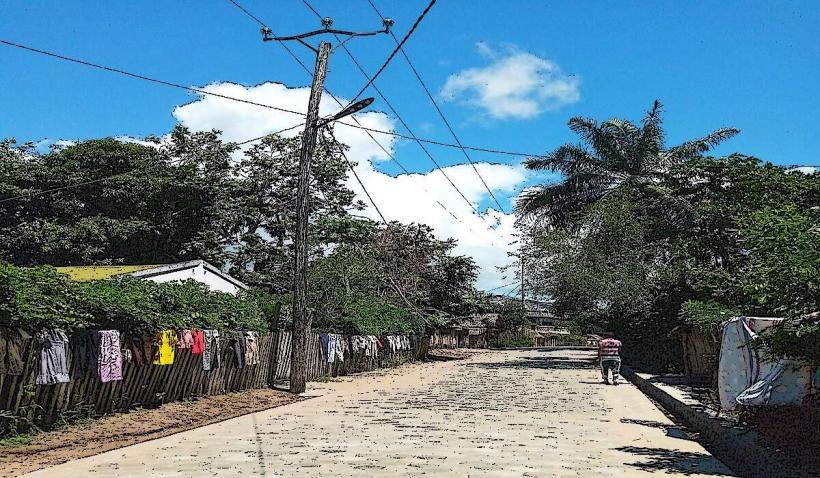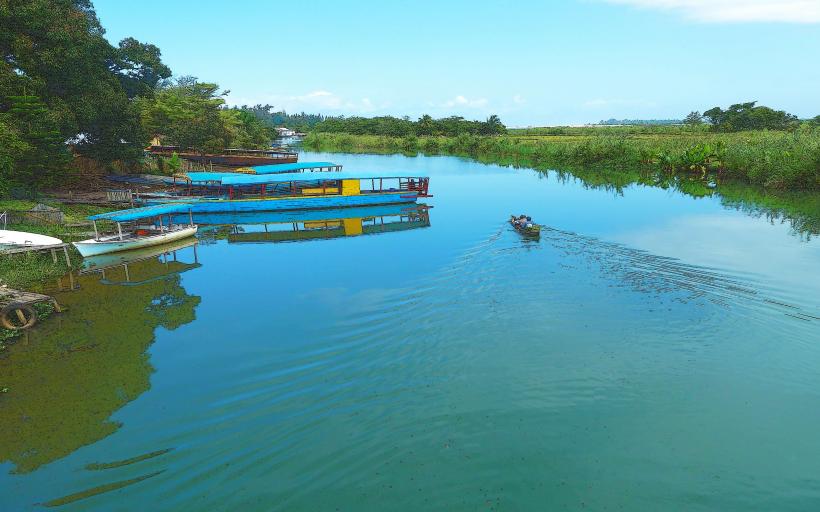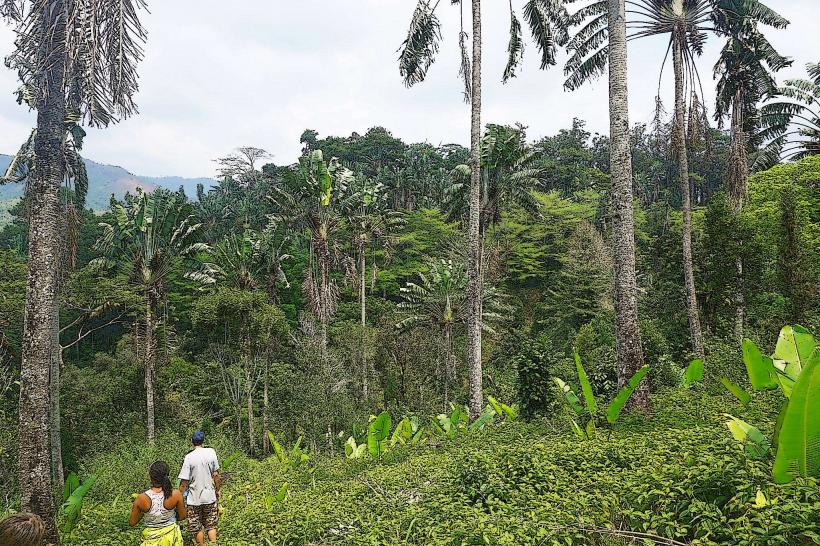Information
Landmark: Manakara Railway StationCity: Manakara
Country: Madagascar
Continent: Africa
Manakara Railway Station is an important historical and transportation hub located in the town of Manakara, on Madagascar's eastern coast. The station is a key point along the Fianarantsoa-Côte Est (FCE) Railway, which is one of the most famous and scenic rail routes in Madagascar. The railway line itself is known for its breathtaking views, running through lush landscapes, rolling hills, and offering glimpses of local life in remote Malagasy villages. Here's more about Manakara Railway Station and its significance:
Historical Background:
The Fianarantsoa-Côte Est (FCE) Railway was constructed during the French colonial period, in the early 20th century, with the goal of connecting the inland highland city of Fianarantsoa to the eastern coast and the port city of Manakara. The railway line was completed in 1926 and became a critical transport route for both goods (including agricultural products like rice and coffee) and passengers.
The Manakara Railway Station is situated at the southern terminus of the line, and it has a rich history tied to the development of Madagascar's infrastructure. Though the railway system has faced challenges over the years, it remains an iconic feature of the island's transportation network.
Key Features of Manakara Railway Station:
Scenic Route: The railway journey from Fianarantsoa to Manakara is one of the most picturesque train rides in Madagascar. The train passes through a variety of landscapes, including tropical forests, wetlands, rice fields, and small villages. The route offers an excellent opportunity to witness the diverse geography of Madagascar, as well as its flora and fauna, which include lush vegetation, rivers, and wildlife.
Connection to the Coast: The station in Manakara serves as a vital link between the inland highlands and the eastern coastal region of Madagascar. The train connects passengers from the more mountainous central parts of the island to the port town of Manakara, providing an accessible route for both travelers and locals. The station is one of the few ways to reach the remote and relatively isolated town of Manakara without relying on long road trips.
Cultural Significance: The railway and its stations, including Manakara Railway Station, have deep cultural significance for the local communities. The train offers a vital connection for many rural villages along the way, enabling the transport of goods and people. For many locals, the train represents a lifeline to larger cities and markets, as well as a means of connecting with other regions of the island.
Tourist Attraction: In addition to being an important transport hub, Manakara Railway Station also attracts tourists. The unique experience of traveling through Madagascar's varied landscapes by train is an unforgettable adventure. The station and the surrounding area provide insight into the island’s infrastructure and offer a fascinating glimpse of Malagasy rural life. The trip is especially popular with travelers looking for an authentic experience of Madagascar's natural beauty.
Train Service: The train services are relatively slow, but they are an essential part of local life. The journey between Fianarantsoa and Manakara takes around 8-10 hours, and the train is often old and rustic, adding to its charm. However, the railway system has faced challenges in recent years, such as issues with maintenance, tracks, and rolling stock. As a result, train schedules can be irregular, and the infrastructure may sometimes limit travel options.
Tourist and Local Use: While the FCE Railway is still used by local Malagasy for everyday travel, it has also become a popular tourist route for those interested in experiencing the beauty of Madagascar's rural areas and historical transport system. The train ride is considered one of the top travel experiences in Madagascar due to its scenic views, relaxed pace, and cultural immersion.
Challenges and Future:
Over the years, the FCE Railway, including the Manakara Railway Station, has faced significant challenges, such as aging infrastructure, maintenance issues, and limited funding for repairs and improvements. There are efforts to rehabilitate and modernize parts of the railway to improve both passenger services and cargo transport, but these efforts face financial and logistical hurdles.
Despite these challenges, the Manakara Railway Station remains an iconic part of Madagascar's transportation network, and the train journey is an enduring symbol of the island’s cultural and historical ties to the colonial era.
Best Time to Visit:
Travelers can visit Manakara Railway Station and experience the train journey at any time of the year. However, the best time to visit Manakara and take the train ride is during the dry season from April to October, when the weather is more stable and conducive to long-distance travel. The rainy season (November to March) can make travel more difficult, as heavy rains can sometimes cause delays or disrupt services.
Conclusion:
Manakara Railway Station is a historic and vital transportation hub in Madagascar. Serving as the terminus of the Fianarantsoa-Côte Est Railway, it connects the highlands with the eastern coast, providing a scenic and essential route for both locals and tourists. The station and the surrounding railway line offer a glimpse into Madagascar’s past and present, combining historical significance with breathtaking natural beauty. Whether you’re looking for adventure, a cultural experience, or simply want to explore the beauty of the eastern region, a visit to the Manakara Railway Station is an unforgettable experience.

